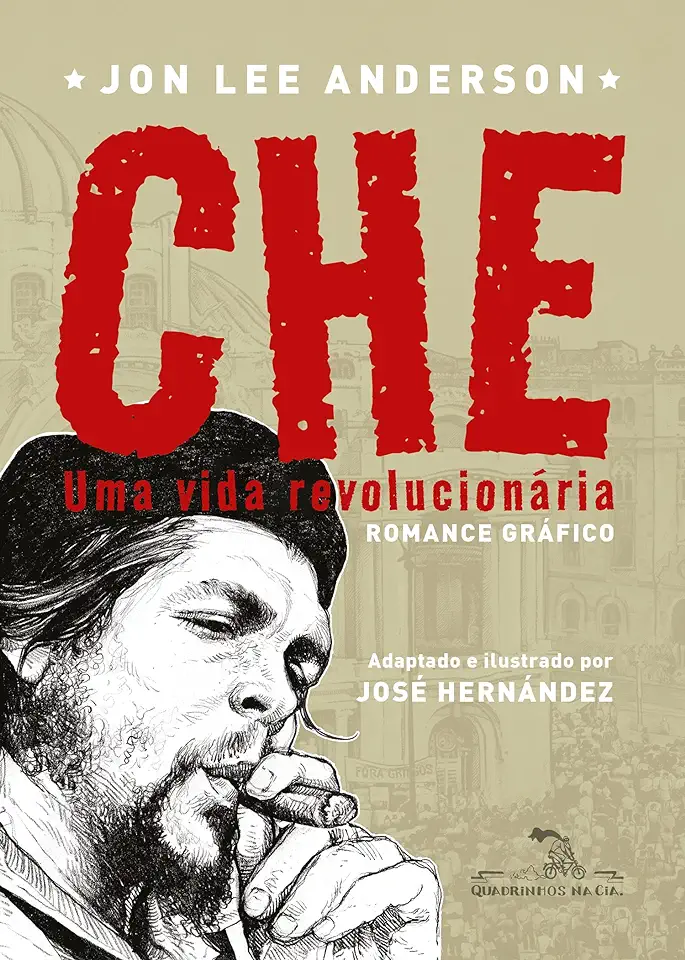
Che: A Revolutionary Life - Jon Lee Anderson
Che: A Revolutionary Life
By Jon Lee Anderson
A biography of the iconic revolutionary Ernesto "Che" Guevara, from his early days as a medical student in Argentina to his role as a guerrilla leader in Cuba and his death in Bolivia.
Introduction
Che Guevara is one of the most iconic figures of the 20th century. His image, with its beret and bushy beard, is instantly recognizable, and his name is synonymous with revolution. But who was Che Guevara, really? What drove him to become a revolutionary? And what was his impact on the world?
In this magisterial biography, Jon Lee Anderson provides the definitive account of Che Guevara's life. Drawing on extensive research and interviews with Guevara's friends, family, and comrades, Anderson paints a vivid portrait of a complex and charismatic figure.
Early Life
Ernesto Guevara was born in Rosario, Argentina, in 1928. His father was a civil engineer, and his mother was a homemaker. Guevara was a bright and curious child, and he excelled in school. He also developed a passion for sports, particularly rugby and soccer.
In 1948, Guevara began studying medicine at the University of Buenos Aires. During his time at university, he became increasingly involved in politics. He was drawn to the ideas of socialism and communism, and he began to organize protests against the government of Juan Perón.
The Cuban Revolution
In 1955, Guevara met Fidel Castro, who was leading a group of rebels against the Batista dictatorship in Cuba. Guevara joined Castro's movement, and he quickly became one of its most trusted commanders.
The Cuban Revolution was a success, and Castro came to power in 1959. Guevara played a key role in the revolution, and he became a national hero. He was appointed Minister of Industry, and he also served as the head of the Cuban National Bank.
The Congo and Bolivia
After the Cuban Revolution, Guevara became increasingly disillusioned with the Soviet Union. He believed that the Soviet Union was betraying the ideals of socialism, and he began to criticize its policies.
In 1965, Guevara left Cuba and traveled to the Congo to support a rebel movement there. The Congolese rebellion was unsuccessful, and Guevara was forced to flee the country.
In 1966, Guevara returned to Latin America and began organizing a guerrilla movement in Bolivia. He hoped to spark a revolution in Bolivia, and then spread it to other countries in Latin America.
The Bolivian government was aware of Guevara's plans, and it sent a military force to hunt him down. Guevara and his men were captured in October 1967, and they were executed the following day.
Legacy
Che Guevara's death made him a martyr for the cause of revolution. His image became a symbol of resistance against oppression, and his ideas continued to inspire people around the world.
Guevara was a complex and controversial figure. He was a brilliant strategist and a charismatic leader, but he was also capable of great cruelty. He was a man of contradictions, but there is no doubt that he was one of the most influential figures of the 20th century.
Conclusion
Che Guevara was a revolutionary who changed the course of history. His life is a story of passion, idealism, and sacrifice. It is a story that will continue to inspire people for generations to come.
If you are interested in learning more about Che Guevara, I highly recommend reading Jon Lee Anderson's biography. It is a fascinating and well-written account of one of the most important figures of the 20th century.